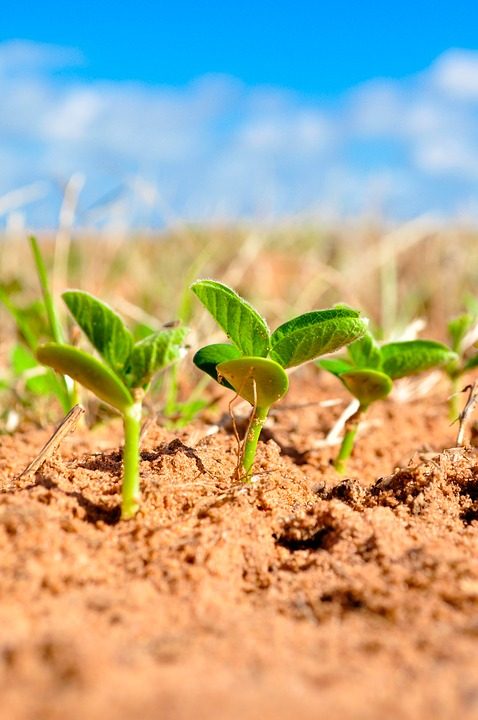
For crop conditions up to June 5, 2025
Western Maryland
And then the rains came. March and early April was frighteningly dry but May brought us much needed rain. The slugs seem to have become an annual nemesis. I have heard of many acres of corn and soybeans either treated with bait or in need of replanting. Barley and wheat are ripening well. The necessary fungicide treatments have been applied and yields are looking good. Most of the hay is in the round bale or barn even if some of it was older than you would hope. But the rain was welcome and there are always tradeoffs in farming.—Jeff Semler, Washington Co.
Central Maryland
Central Maryland has experienced moderate temperatures with scattered showers over the past week, providing adequate soil moisture. Corn emergence is complete, with growth stages ranging from V2 to V5. Soybean planting is largely complete and most fields have fully emerged. All this rain and cool weather has caused some stands to be thin and uneven. In addition, I have observed slugs in every field I have scouted. Producers should be conducting stand counts and assessing their need to replant. Small grains are heading out and inching toward maturity. With a warmer and drier forecast over the next 10 days, I think we’ll see corn and soybeans take a quick leap forward in growth.—Nathan Glenn, Howard Co.
Northern Maryland
Unseasonably cool temperatures and several rain events have been the theme for the past month. Most corn is between V2-V4, with earliest planted near or at V6; some fields have received sidedress nitrogen. The cool, wet soils have resulted in some uneven corn stands due to a combination of disease and nitrogen loss. Some sun and nitrogen should get things back on track. Barley is turning and wheat is not quite turning but looks good. Soybeans have been very slow to grow with the cooler temperatures. It’s been difficult to find enough consecutive dry days to make hay—most was cut and put up this week, several weeks beyond optimal maturity.—Andy Kness, Harford Co.
Upper & Mid Shore
No report this month.
Lower Eastern Shore
Wheat is ripening quickly with an anticipated harvest of early July. Barley should be ready for harvest within the next couple of weeks. Late-growing cover crops have now been terminated. After a stretch of warm and dry weather, the weather turned cold and rainy. This cold and wet weather slowed down soybean growth. Furthermore, there is significant acreage of full season soybean that still needs to be planted. Deer are grazing soybean seedlings, causing substantial damage in some fields. Corn that was planted prior to the rain is looking great. The rain allowed the seedlings to grow rapidly, and many fields are approaching the time for nitrogen to be side-dressed. Corn planting on a few fields got interrupted by the rain, and is currently being planted.—Sarah Hirsh, Somerset Co.
Southern Maryland
Longer days and sunshine finally abound. The region has received persistent rain showers over the last month. Growers on wetter ground have struggled to find planting windows with acceptable soil conditions. Early corn is a kaleidoscope of green and yellow shades. Wetter conditions have caused some denitrification and leaching of N, and side dress N applications have been delayed. Much of the corn ground received additional N last week and is responding well. The drier and warmer conditions this week will help. Soybean planting progress is similar to corn, with many soybeans still in the bag. Growth of beans has been slow with cooler conditions. Deer damage seems to be more severe as beans struggle to grow out of clipping injury. We have had sporadic issue with slugs. The wheat crop is yellowing and drying down. Unfortunately, there appears to be a lot of rust and other foliar disease that came in late in the season that will hurt yield and test weight. I have not observed a lot of head scab.—Ben Beale, St. Mary’s Co.







